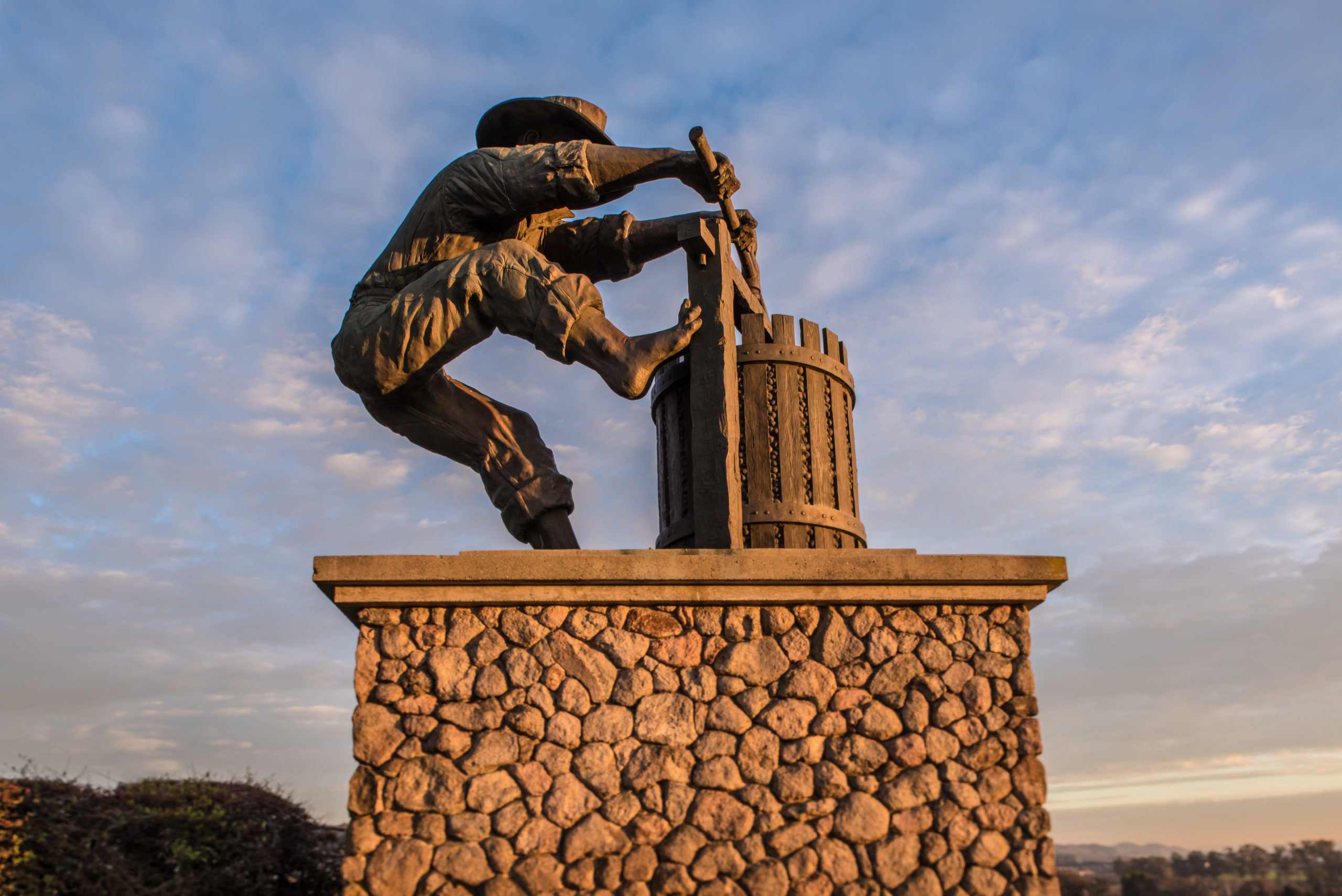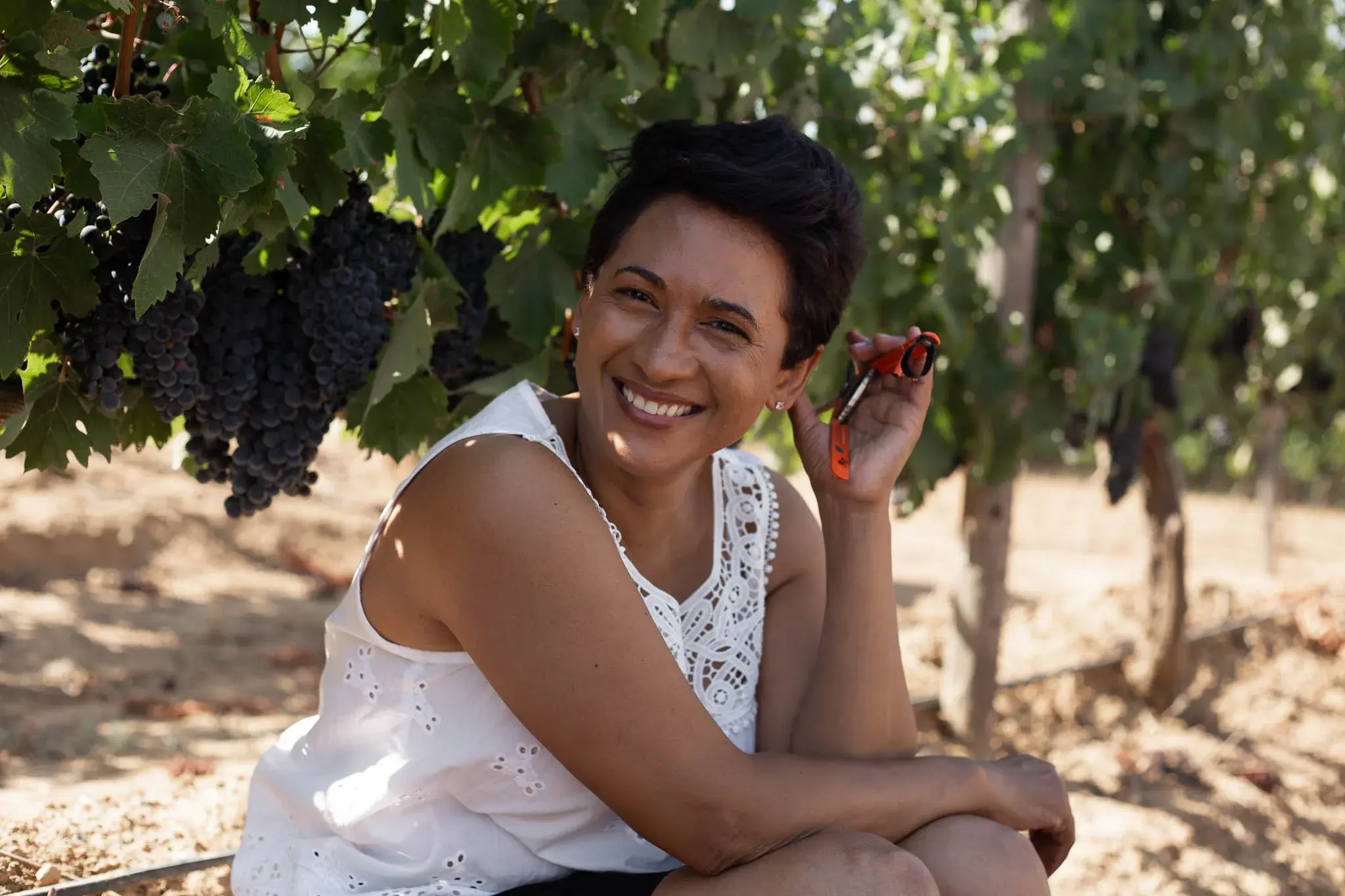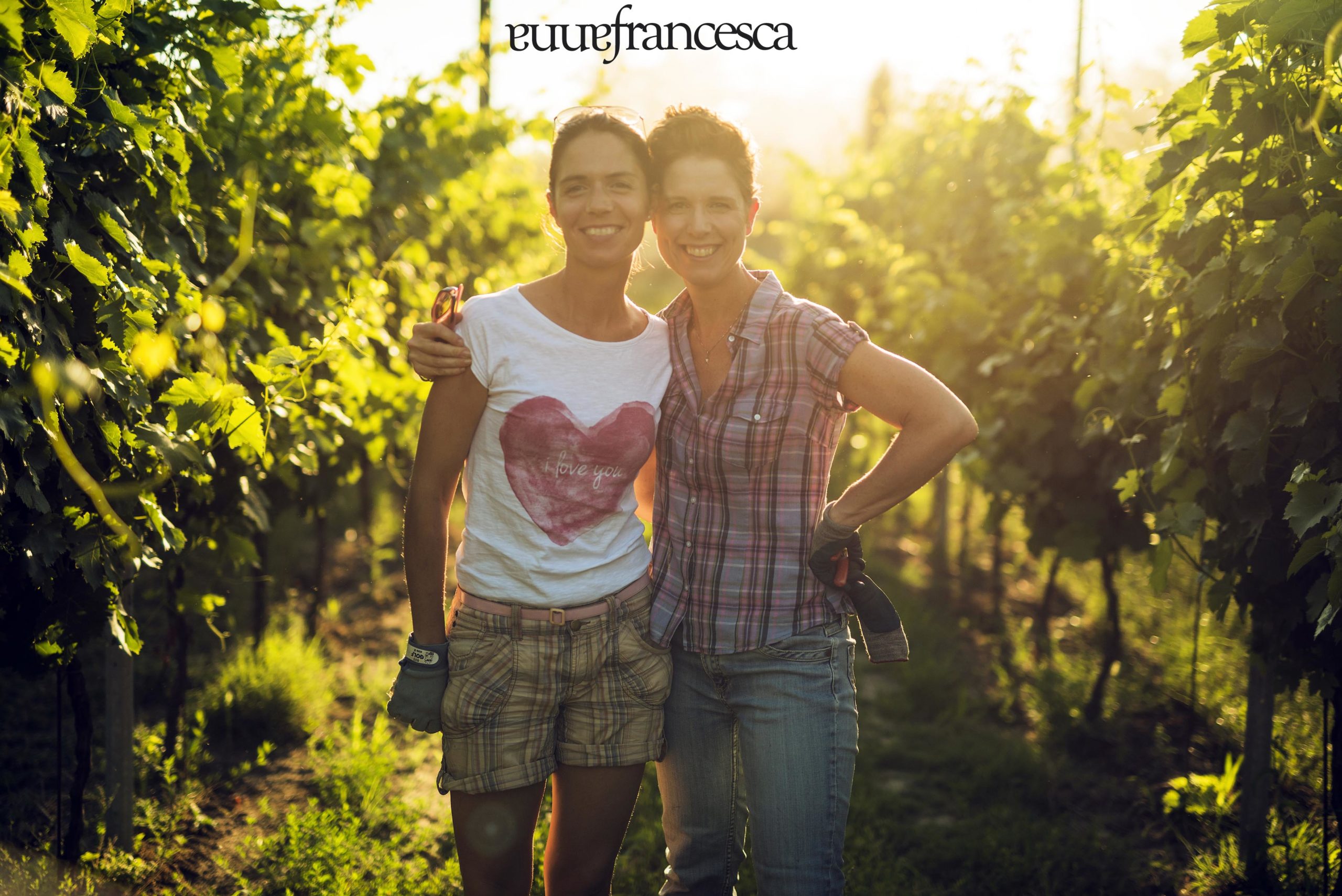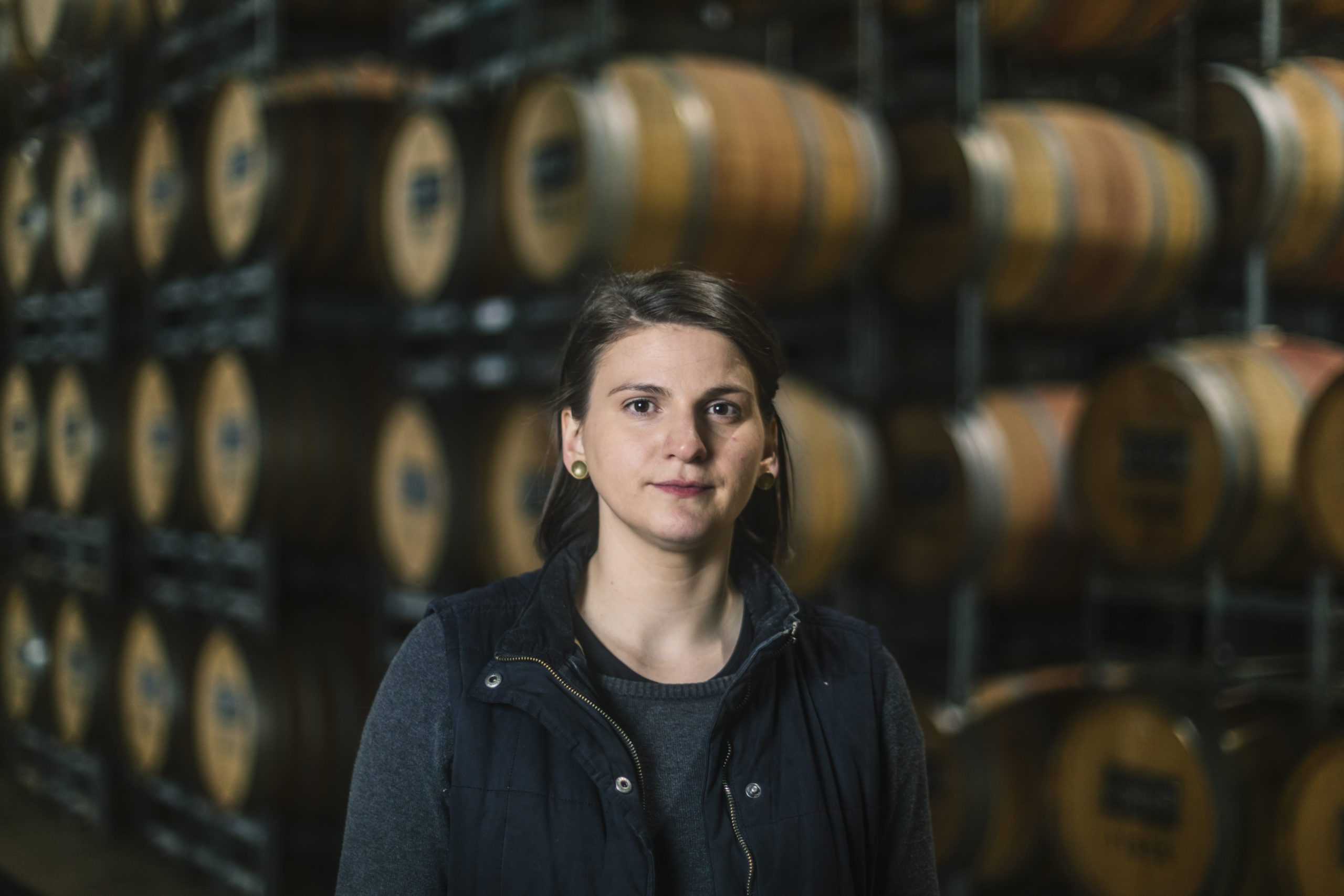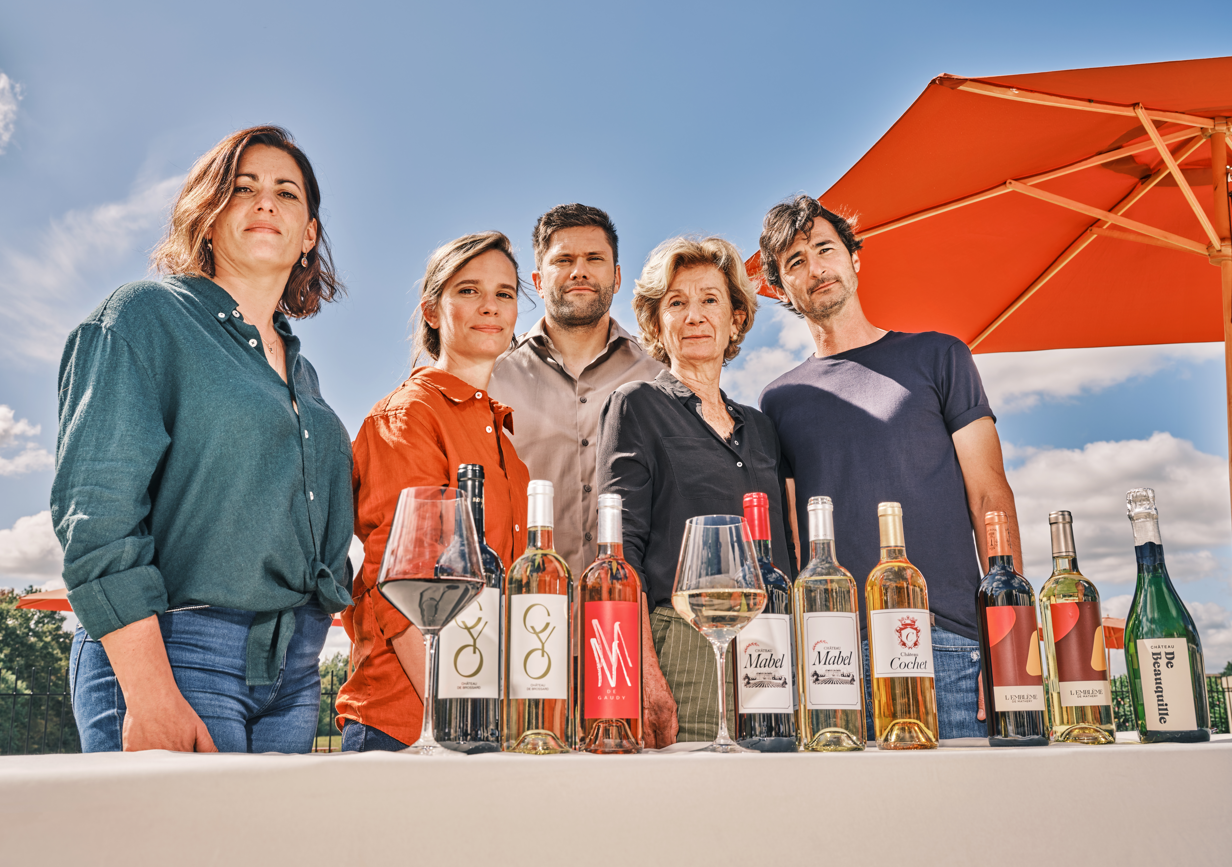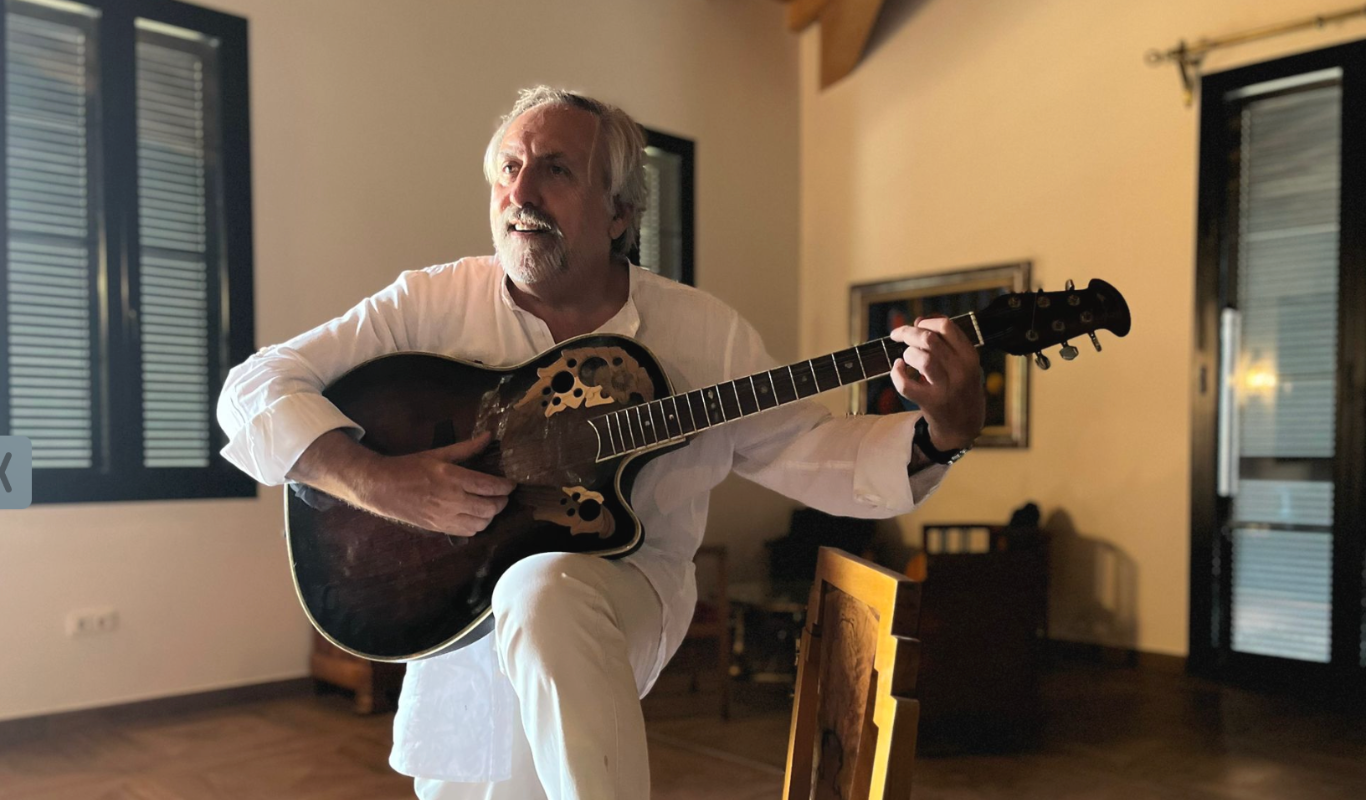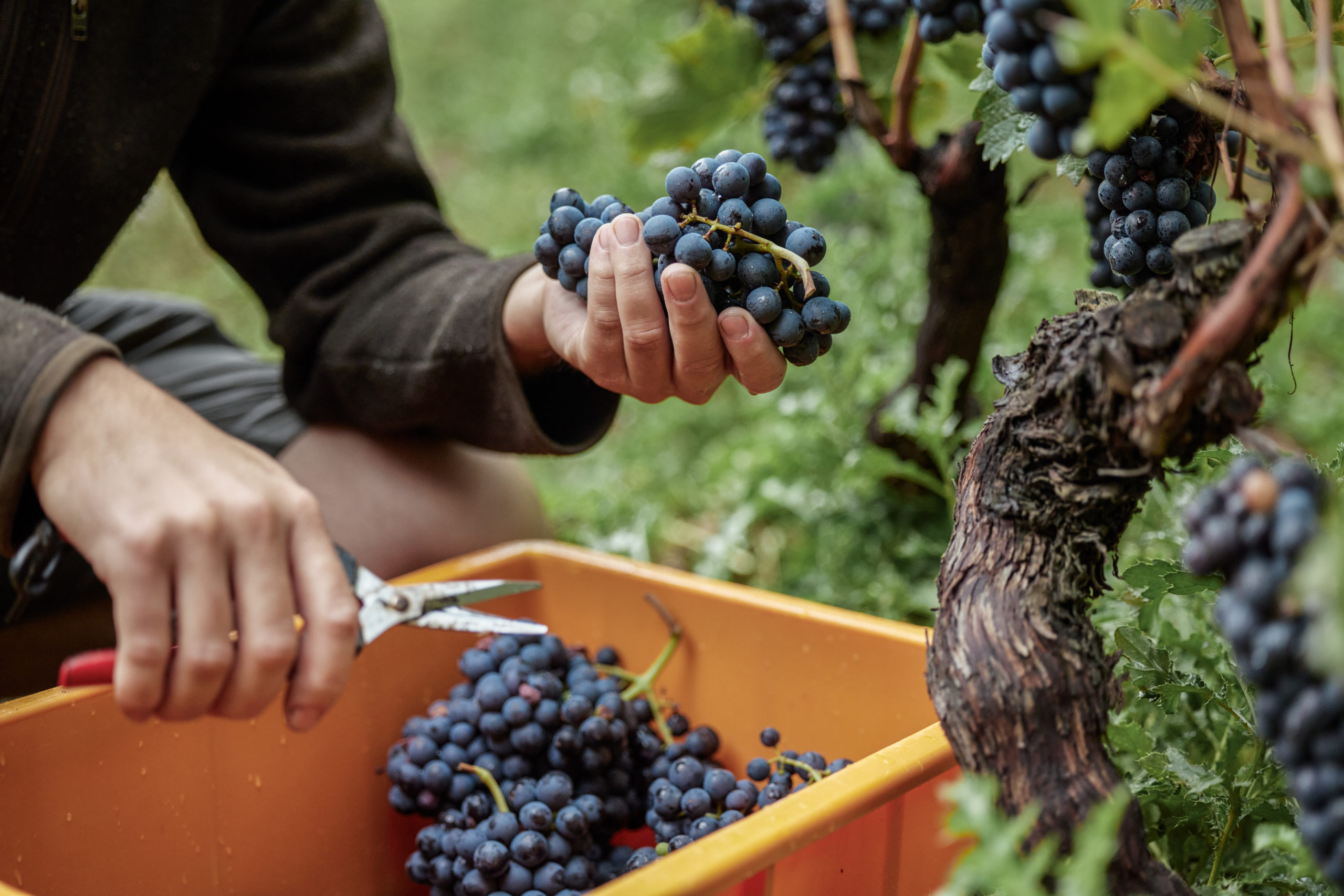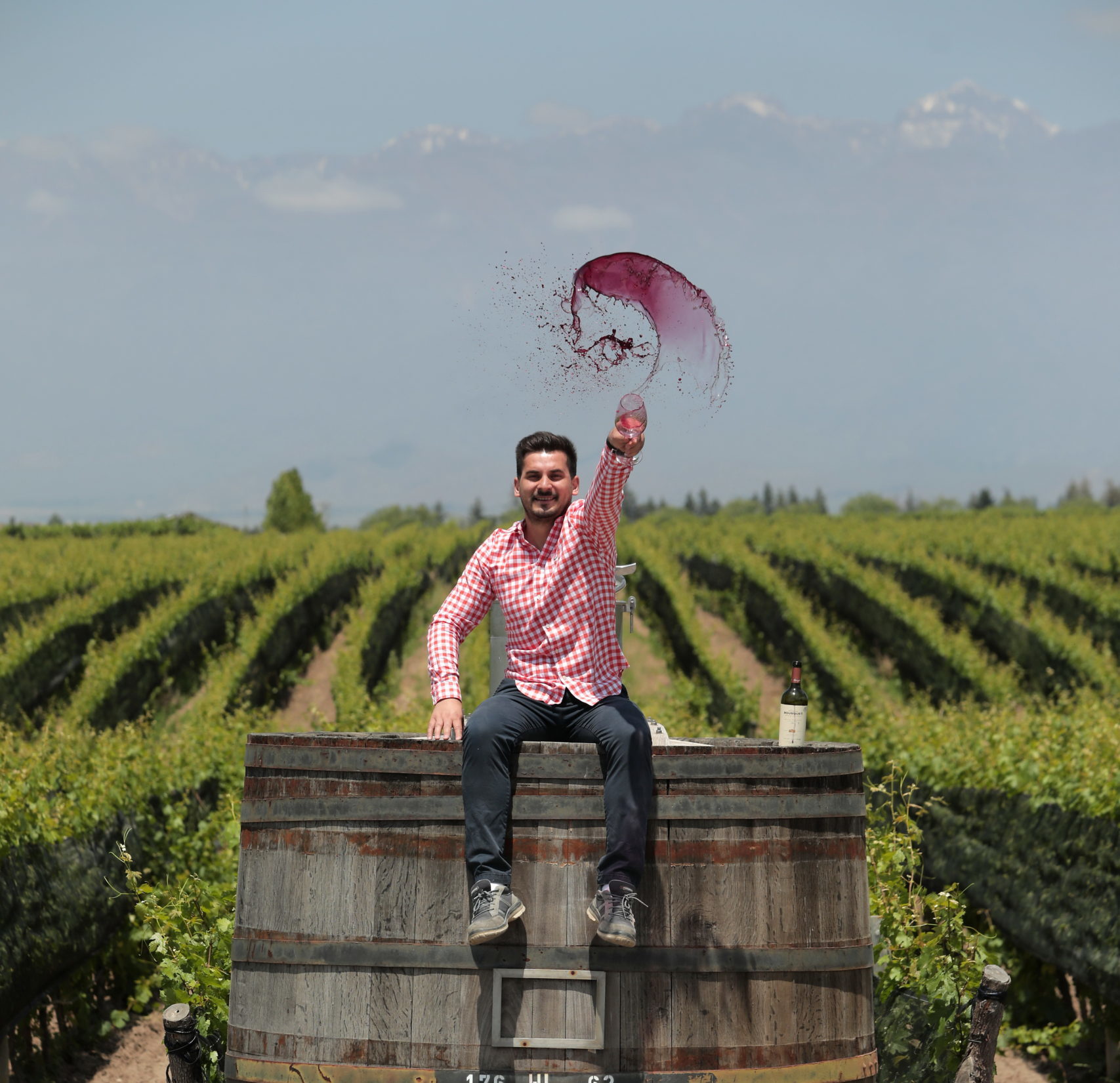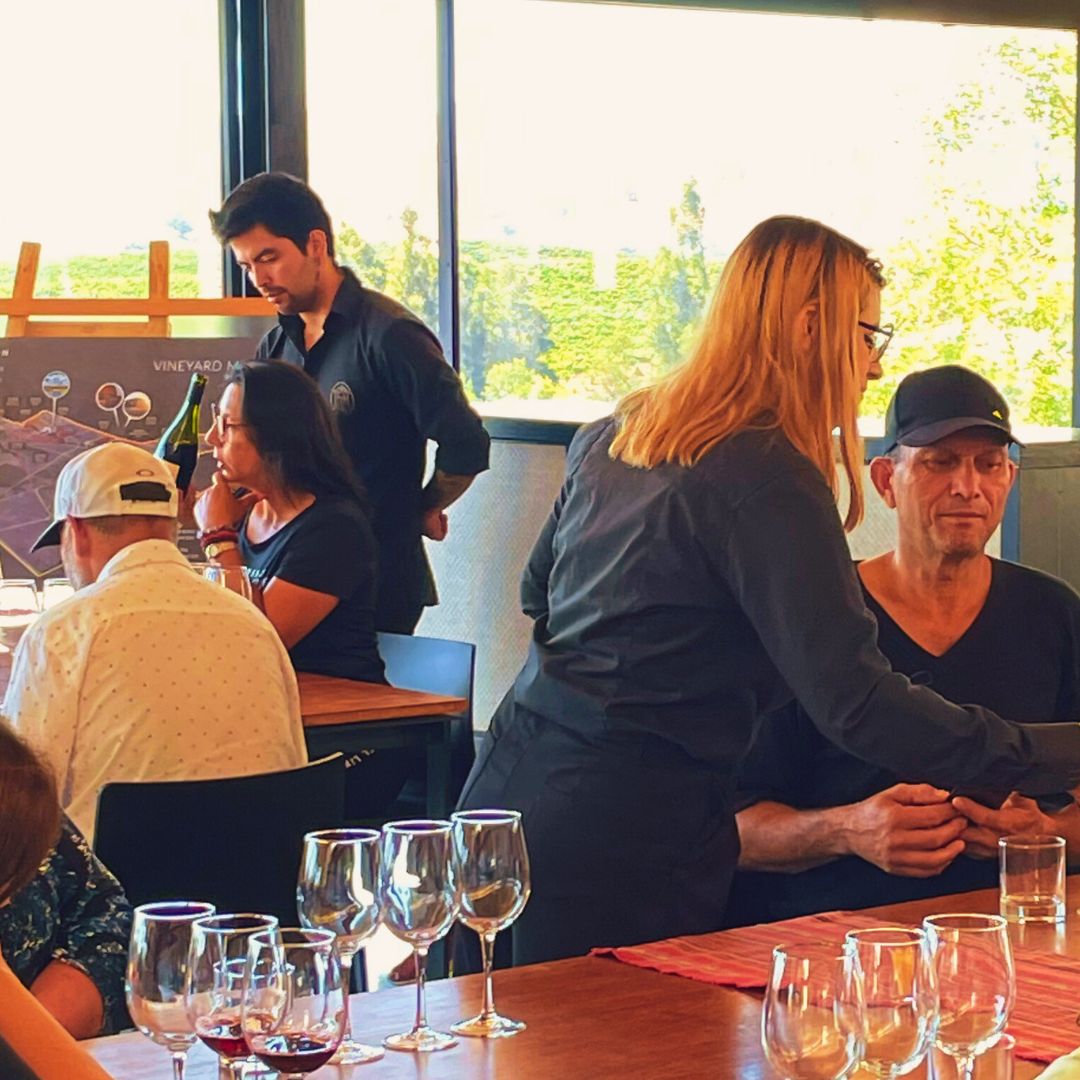In Casablanca Valley’s wine industry, three figures emerge as champions of sustainability and innovation, each leaving an indelible mark on the Valley’s viticultural industry. Mario Agliati, Chairman of the Asociación de Empresarios Vitivinícolas. Milenko Valenzuela,...
Napa Valley Trailblazers and Innovators
Napa Valley’s long history of winemaking continues its legacy. Local Napa Valley trailblazers Julien Fayard and Julie Johnson are making a name for themselves and playing a big role in the region.
Carmen Stevens takes the lead at the Red Blend Wine Challenge, in Cape Town
The first Wine Challenge of 2024, was Red Blends, which took place on February 22nd in Cape Town, and Carmen Stevens’ Petrichor emerged as the clear winner
From Vine to Wine: Verona’s Next Generation of Wine Innovators
Exploring the landscape of Verona’s wine country unveils a tapestry of innovation, tradition, and youthful vigor. In this article, we delve into the realm of the ‘young guns’ – the trailblazers and rising stars who are shaping the future of wine-making in this renowned region. The journey through the stories and achievements of winemakers makes a significant mark on Verona’s next viticultural history.
A new Generation of Winemakers in Mainz
Young winegrowers are focusing increasingly on organic wines and thus paving the way for sustainably produced wines. Organic wines are produced without the use of synthetic pesticides, herbicides or fertilizers. Instead, natural methods are used for composting and pest control. After harvesting, the grapes are processed according to strict regulations to be qualified as organic wine. Organically produced wines are classified according to different levels of quality, since their character varies depending on grape variety, terroir and production process.
Lauren Hansen: New-Wave Winemaker
Lauren Hansen is a breath of fresh air in the historic Coonawarra wine region, pushing boundaries as she helps to lead a new generation of creative winemakers. Coonawarra is one of 18 wine regions in Adelaide, South Australia.
Trailblazers of Bordeaux
From established names who have led and continue to lead the field of wine tourism to the younger generation experimenting with new technology and labels, Bordeaux has no shortage of trail blazers across wine making, sustainability, tourism and innovation. Here are a few worth following
Trio named for Hawke’s Bay Great Wine Capitals Knowledge Exchange
Three up-and-coming members of the and New Zealand wine industry have become the first recipients of the Great Wine Capitals Knowledge Exchange grants. The trio will travel to the Great Wine Capital of Adelaide, South Australia to discover more about sustainable practices that can both assist their own operations and the Hawke’s Bay wine industry as a whole.
Carlos Estecha, Rioja’s Romantic Winemaker
La Romántica Compañía de Vinos (the Romantic Company of Wines) is an apt description. Carlos Estecha’s wine love story leans toward romanticism, in contrast to the stark reality of the wine business today.
Swiss winegrowers who will make a name for themselves
Viticulture has a centuries-old tradition in Switzerland. However, new ideas and production methods are always in demand to ensure that the wines reflect the spirit of the times.
Rodrigo Serrano: “Organic wine is not a trend but a reality and the future of the Argentine viticulture”
Malbec, Argentina’s flagship variety and national drink, is a sustainable option that suits new consumption trends. This is possible thanks to the commitment assumed by Argentina to preserve the environment and generate positive impacts on societies and economies, always with a view to a better, more conscious, more empathetic and more humane future. Day after day, Argentine Malbec raises the flag of this triple positive impact and becomes a true agent of change, thus leading the entire Argentine Wine industry. In this sense, we interviewed the young winemaker Rodrigo Serrano, a trailblazer and an undisputed reference of the organic viticulture in Mendoza.
Crafting Connections: Vineyard Collaborations Flourish in Casablanca Valley
In the heart of Chile’s Casablanca Valley, nestled within the esteemed Great Wine Capital Valparaíso-Casablanca region, rows of grapevines stretch endlessly, illustrating viticultural splendor. Amidst this picturesque backdrop, the region’s renowned vineyards and its vibrant community of artisans cultivate a harmonious partnership. This collaborative spirit, driven by shared values of creativity and craftsmanship, not only enriches the cultural landscape but also stimulates the local economy.

